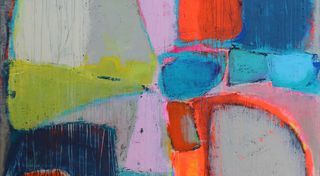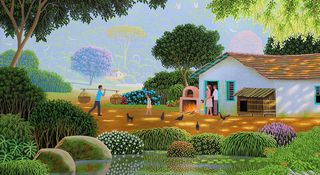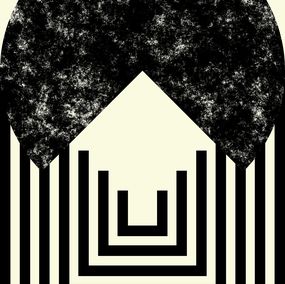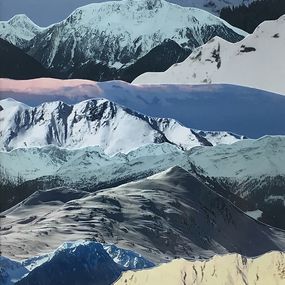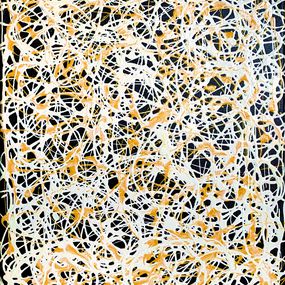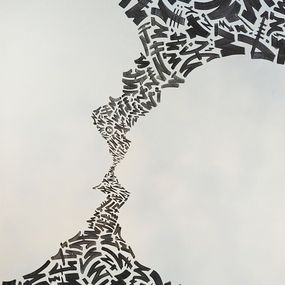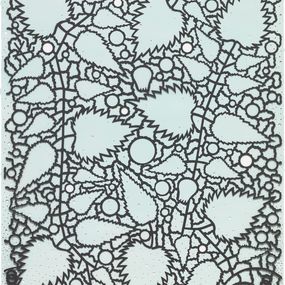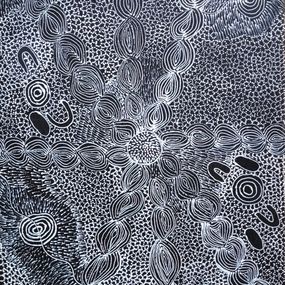

Biography
Alice Nampitjinpa Dixon is an Australian Aboriginal artist of the Luritja and Pintupi peoples. She lived in the Haasts Bluff (Ikuntji) Aboriginal community in the central Australian desert and was a member of the Ikuntji Aboriginal Artists Cooperative.
Alice was born in 1943 near Talaalpi, a wetland near and just east of Walungurru, on the Western Australian border. Before painting, Alice worked for many years at the Kintore School, teaching young girls dance and the traditions of the desert peoples. Alice began painting on the 'Minyama Tjukurrpa' – the Kintore Haasts Bluff collaborative canvas project. As a painter, she drew inspiration from her rich cultural heritage and thrived when involved in its stories and traditions. Alice was an active traditional dancer who traveled extensively to participate in annual ceremonies and Women's Law meetings.
Alice's tjukurrpa (Dreaming) is the porcupine or Tjilkamata. Her story is told in vibrant colors, often using orange and yellow to reflect the ochres used in ceremonial body painting. In her tjukurrpa story, the porcupine often scurries into rock holes and hiding places in search of food while nearby, the women hunt themselves, waiting for the porcupine. Alice was an avid hunter and loved to go hunting with Eunice Jack.
Alice's father was the late Uta Uta Tjangala, one of the first painters in Papunya Tula. His tjukurrpa is Pungkalungka in Takpalangu. The Pungkalungka are dangerous and sometimes kill and eat people. They live in huge caves located in the hills. Alice only painted the entrances to the caves to signify the unknown danger of the monster that lives there. Her father's country is Ngurrapalangu, and his tjukurrpa is passed down to him from this place—the porcupine traveled across the dunes and passed near the two carpet snakes, kuniya kutjarra, that lived underwater.
Alice was involved in the production of ceremonial ropes as well as ininti necklaces and mats. She regularly went out into the bush to collect ininti seeds and then laboriously pierce them with hot wire to make beads for necklaces, bracelets, or mats.
Alice Nampitjinpa Dixon's works are included in numerous public collections in Australia and internationally, including: Art Gallery of New South Wales, Sydney; National Gallery of Australia, Canberra; Parliament House Collection, Canberra; National Gallery of Victoria, Melbourne; Heide Museum of Modern Art, Melbourne; Araluen Art Centre, Alice Springs; Active Youth Collection (JAPAN); Aboriginal Art Museum Utrecht (NETHERLANDS); Myer Baillieu Collection, de Young Museum, San Francisco (USA).
